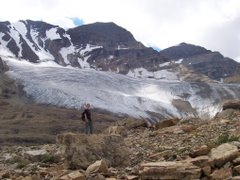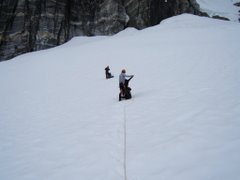Wetlands capture metals either in sediment and/or to be taken up by plants... furthermore, amazingly bad organic compounds (often generated by human industrial activity) are completely transformed into much safer entities. Nature's filtration is often much more efficient and better at treating poor water quality than human created replacements. In 1997, Costanza and others calculated that the value of all ecosystem services (from improving water quality to preventing erosion) were approximately $33 Trillion/yr (or almost twice the global GNP). This is likely an underestimate for several reasons they mention in their paper including that ecosystems as modeled are deemed to not have sharp thresholds at which they can no longer provide services.
One critical question is: to what extent is human alteration of landscape capable of improving ecosystem services? (e.g. is Green city-planning a potential solution to the biogeochemical damage that humans create? )
Anyway, on the pristine side of the equation, I am looking at elemental data as it comes out- (so I can't be quoted on this just yet) it looks like the big ponds on the glacier surfaces are the wetlands of the dry valley glaciers retaining metals and organisms...





No comments:
Post a Comment